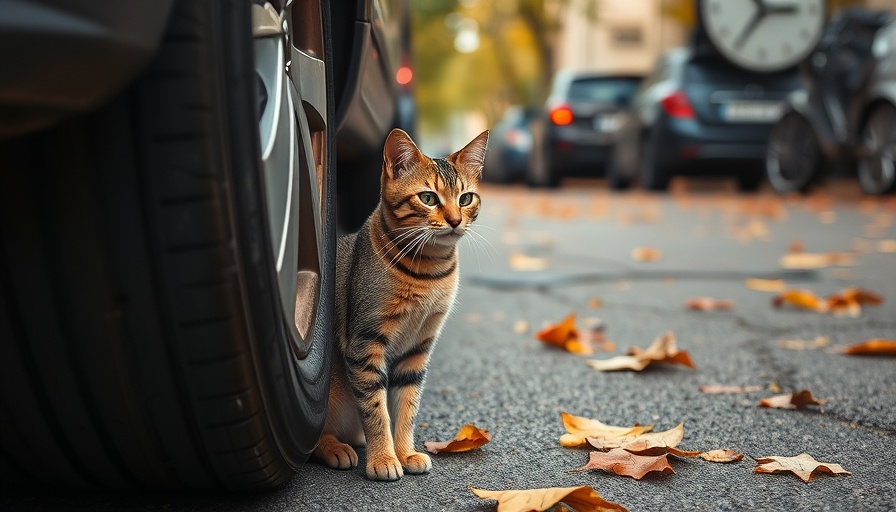
The Art of Petting Horses: Building Trust and Confidence
Petting a horse may seem straightforward, but it involves a nuanced understanding of these sensitive, intelligent animals. Knowing how to pet a horse properly is crucial—doing so builds trust and fosters a positive experience for both you and the horse. Moreover, interacting correctly can enhance safety, reducing uncertainties that horses, as prey animals, inherently feel about unexpected interactions.
Essential Steps to Approach a Horse Safely
When approaching a horse, one must respect their boundaries and preferences. Here’s a step-by-step guide to ensure a safe and enjoyable petting experience:
- Resist the Urge to Reach for the Face: Horses have a natural instinct as prey animals; reaching for their face first can lead to discomfort. Instead, consider how you would feel if someone suddenly reached out for your face. This analogy helps underscore the importance of a gentle approach.
- Utilize the Horseman’s Handshake: Reach out with your palm facing down to initiate what is known as a "horseman’s handshake." This gesture allows the horse to smell you, giving them the chance to gauge your scent and emotions, creating a sense of trust.
- Approach from the Side with Confidence: Instead of sneaking up from behind, approach the horse from their side, initiating contact around the shoulder or withers. This area is where horses connect socially in herds, making it a familiar and comfortable spot for them.
- Communicate Verbally: Talking to the horse as you approach can ease any anxiety they may have. Your voice signals your presence, letting them know you are coming, especially if you are out of their line of sight.
- Observe for Signs of Comfort: Recognize signs of comfort, such as licking or blowing. These behaviors indicate the horse feels safe and is accepting your interaction.
Preferred Areas for Petting
In equine social behavior, horses often groom each other on their withers or shoulders. Thus, these areas are typically the most accepted for petting. However, every horse is unique. Once trust is established, some horses may appreciate additional scratches in areas such as their chest or the base of their neck.
Areas to Avoid: A Horse’s Sensitivity
While understanding where horses enjoy being touched is important, knowing where they do not like to be touched is equally critical. Sensitive areas include the ears, muzzle, and lips. If a horse turns away, tightens its nostrils, or seems agitated, it’s a clear sign that they are unhappy with touch in that area.
Getting Horses Comfortable with Touch
To make a horse familiar and comfortable with being petted, it’s essential to consider their past interactions with humans. A horse's previous experiences can heavily influence their willingness to accept touch. Allowing a horse to explore you first can build curiosity and a bond. This gentle approach mirrors their natural social behavior and reinforces a sense of security.
Common Misconceptions About Petting Horses
Many people believe that all horses love to be petted indiscriminately. However, understanding that horses have personal preferences can help establish a better relationship. Recognizing that they may not like certain types of touch can further strengthen your bond by showing respect for their boundaries.
The Importance of Body Language
Horses communicate primarily through body language. Observing their posture, ear position, and reactions during interactions can provide insights into their feelings. Knowledge of these signals helps you adapt your approach, ensuring a positive experience for both parties.
Conclusion
When petting a horse, remember it’s not just about the tactile interaction but about building a relationship based on trust, respect, and understanding. Ensuring you approach with knowledge and care creates a safer, more enriching experience for both you and the horse. So, take the time to learn the nuances of equine communication and show your horse the love they deserve through gentle petting and attention.
If you're committed to treating horses with respect and understanding, consider reaching out to a local equine specialist or participating in workshops to further enhance your knowledge.
 Add Row
Add Row  Add
Add 



